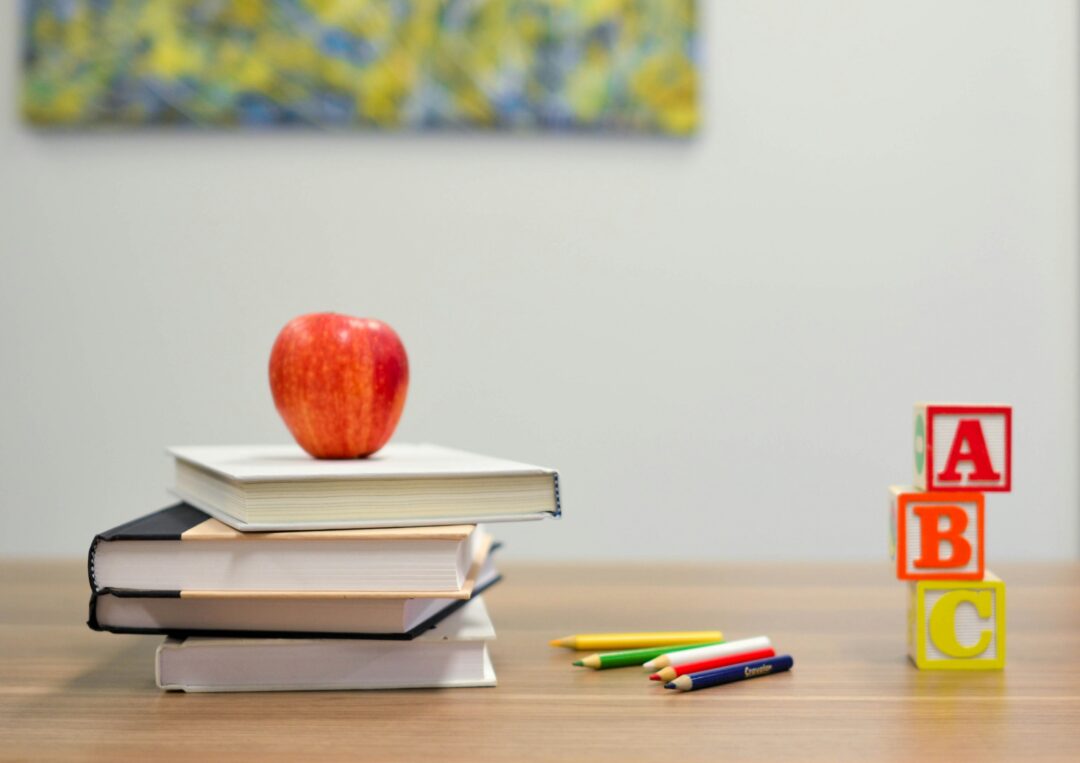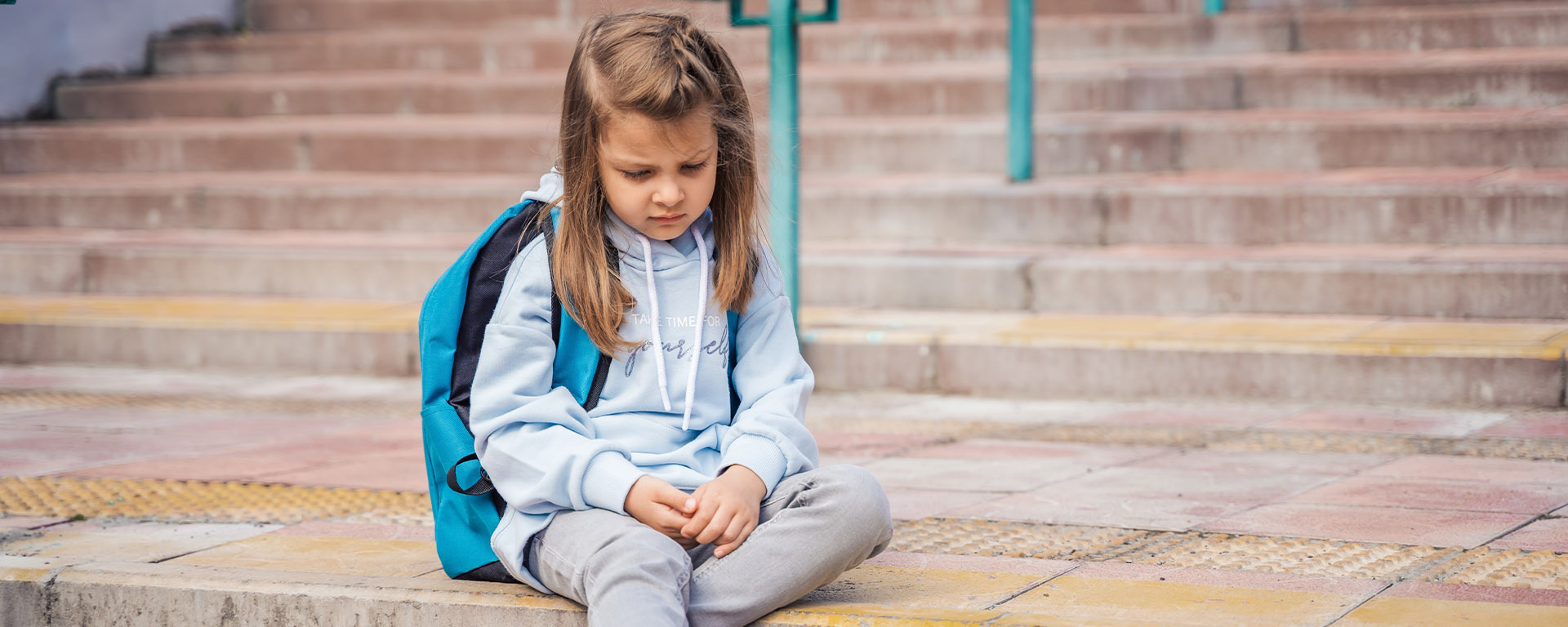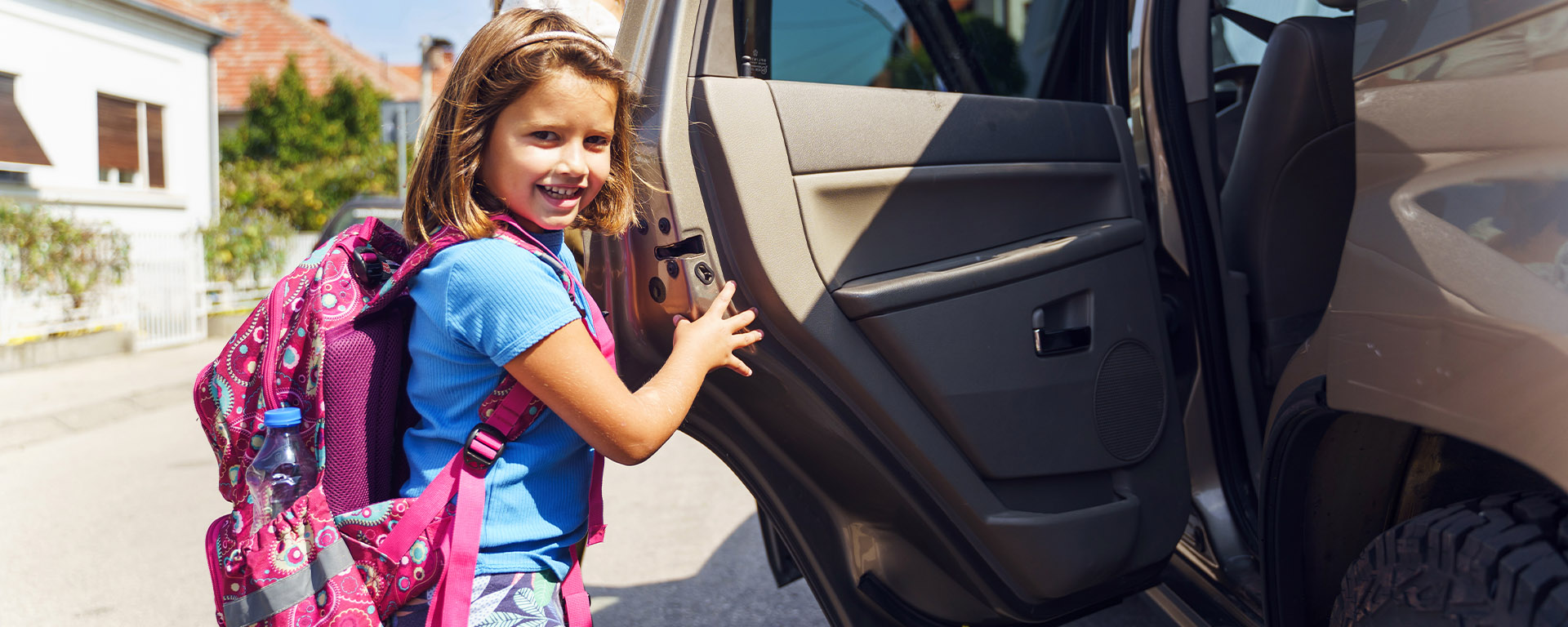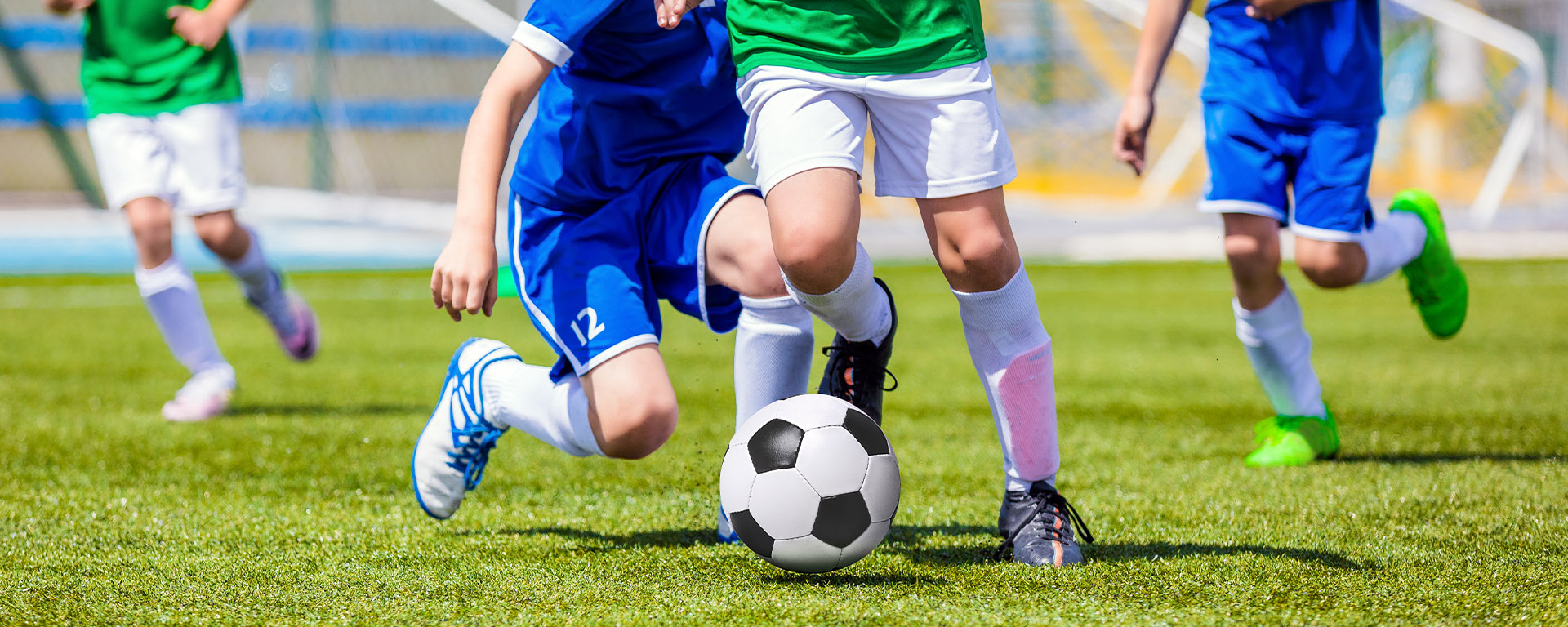Starting a new year at school can be a daunting task for any child, so it’s only right that as a parent, you would want to make it as comfortable for them as possible. Are you sure you’re picking out the right school bag for them, or are you choosing any old bag that could put them at risk of muscle soreness and distract them from their work?
There are several considerations to take into account when finding the right school bag. Chances are your child will ask for the one with their favourite design, or the most fashionable one, but there’s more than meets the eye. Sit them down and take them through the pros and cons of each type of school bag so that a favourable decision can be made together. So, how do you arrive at that decision? We at SweepSouth are going to show you how to choose the best school bag to ensure a successful year for your child. Going ‘back to school’ doesn’t have to be such a drag.

Finding The Right School Bag
School bags come in many different shapes and sizes, so how do you know which one will stand the test of time and be the most comfortable for your child? Listed below are important factors to take into consideration when shopping for a school bag. Use these points to find a bag best suited to your child:
- School Policies: Many schools have rules about which bags children are allowed to use. The most common reason for this is that certain bags could be potential tripping hazards, so check the school rules to see if the bag you want falls in line with the rules.
- Textbooks and Supplies: Another indicator given by the school is a list of textbooks and supplies your child will need for the year. The number of books, stationery, and other backpack essentials will determine the size of the school bag needed. If there’s a lot to carry, sometimes the better option would be to distribute it between two bags, or use a school bag with wheels, if it’s allowed.
- Medical Conditions: Doctors and specialists will advise you to get a specific type of bag for your child based on any medical conditions they have. Notify their school if that specific bag isn’t allowed, and an exception will be made to accommodate them.
- Features and Compartments: Some school bags are made with special compartments designed to hold specific items. Examples of these include compartments for phones, water bottles, and lunch boxes. Not only do they help to distribute the load evenly, but they also prevent items from getting damaged through scratches and spills.
- Fabric Strength: School bags made with stronger fabrics will cost more, but for good reason. If you can afford to buy a strong bag, it’s worth your while, as it will save you from having to fork out more money for a new one in the near future.
- Price: Last, but most certainly not least, is the price tag. Doing research online and in store will help you find the best quality bag at a price you can afford.
Health Issues Related To Heavy School Bags
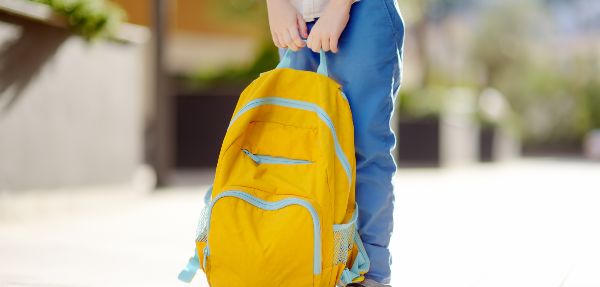
We’ve all been there – lugging around a heavy bag towards the end of a long day at school, but just how detrimental can they be? A study published in The Journal of Orthopaedics found that the majority of 3,500 students who took part in it reported back pain due to the weight of their school bags. The uneven weight distribution could result in the following health issues:
- Rounding of the shoulders.
- Distortion to the natural curves in the lower and middle back.
- Muscle pain and spasms.
- Rib cage and spine joints irritation.
- Headaches caused by the pulling of the neck muscles.
- Twisting of the spine to one side causing stress on the back and ribs (from carrying a bag on one shoulder only).
- Long-term back problems.
How To Know If Your Child’s School Bag Is Too Heavy
The stubbornness of children often makes it difficult to figure out what they’re thinking. Determining whether they’re warm enough when out and about or if they’ve had enough to eat can be problematic, never mind the weight of their school bag and whether it’s suitable. Luckily, there are signs you can pick up on often just by looking at them. Use the pointers listed below to figure out if your child’s bag is too heavy for them:
- Uneven or unbalanced gait.
- Constant hunching of the spine while carrying the bag.
- Pain being experienced during or after carrying the bag.
Tips For Using A School Bag

If you find that your child is having trouble with their school bag, we’ve got some helpful tips to ease the load of heavy books and unwanted pain. Keep the 6 points listed below in mind and remind your child of them every so often to make a long day at school that much easier:
- Lift the bag with a straight back, bending the knees and using the leg muscles instead.
- While standing around and chatting, put your bag on the ground or a bench to keep it off your back as much as possible.
- Avoid swinging your bag around as you could strain a muscle or injure others in the process.
- Pack your bag with the heaviest items at the bottom and the lightest at the top.
- Wear your bag with the straps over both shoulders to avoid uneven loading on the spine.
- Make sure the straps are tight enough so that the bag sits comfortably between the shoulder line and waistline.
Conclusion
Take the stress out of school bag shopping and use the points listed above to find the best option for your child. While you’re taking care of that, book a professional cleaning service and leave your home in the trusted and capable hands of a vetted SweepStar. You’ll be amazed at how easy school prep can be when your home is in a pristine and spotless condition.

